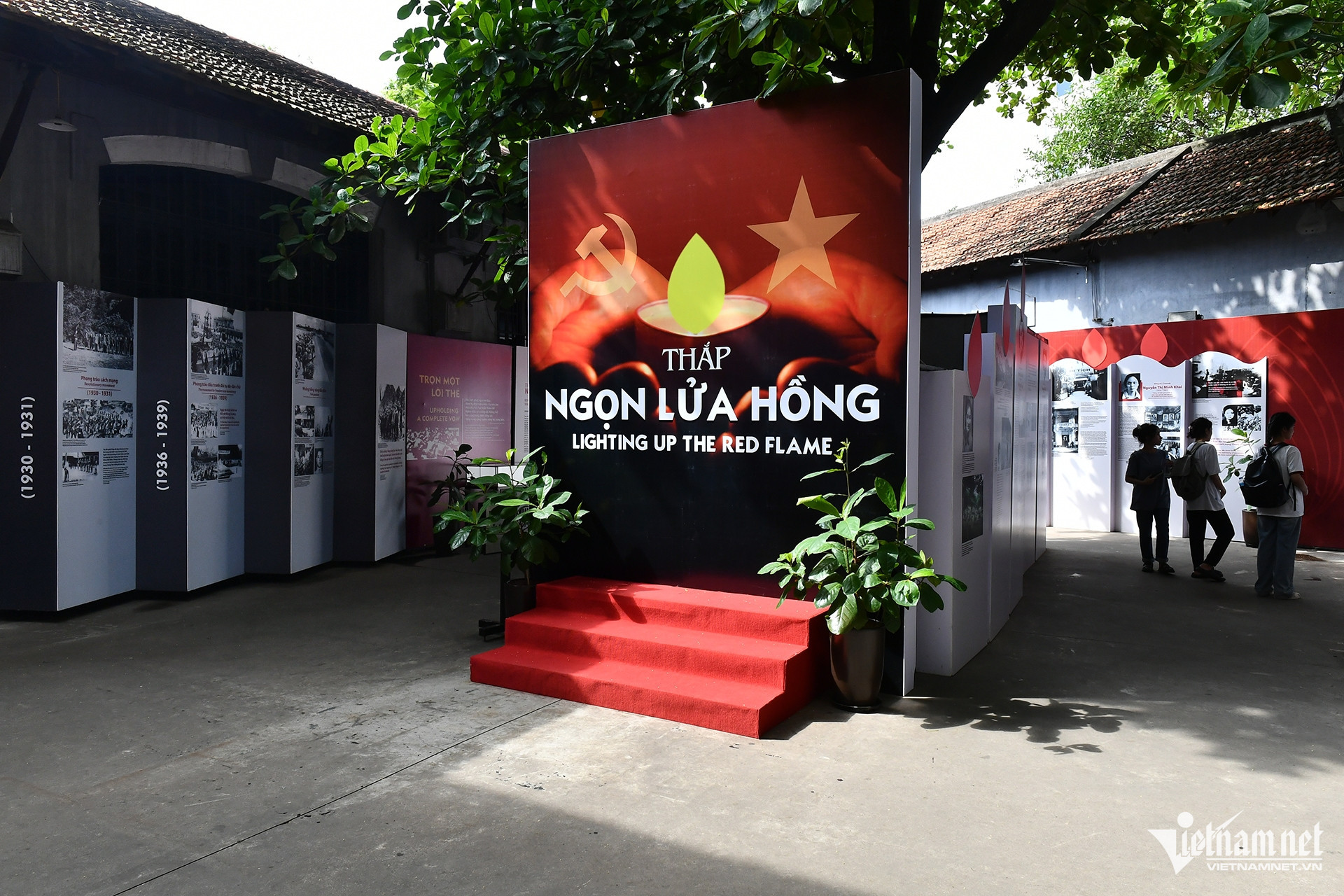
In commemoration of the 77th anniversary of War Invalids and Martyrs' Day (July 27, 1947 - July 27, 2024), the Hoa Lo Prison Historical Relic Management Board is organizing a special exhibition titled “Lighting Up the Red Flame.” This exhibition showcases many touching stories of the steadfast will and heroic sacrifices of outstanding individuals who were captured and imprisoned by the enemy.
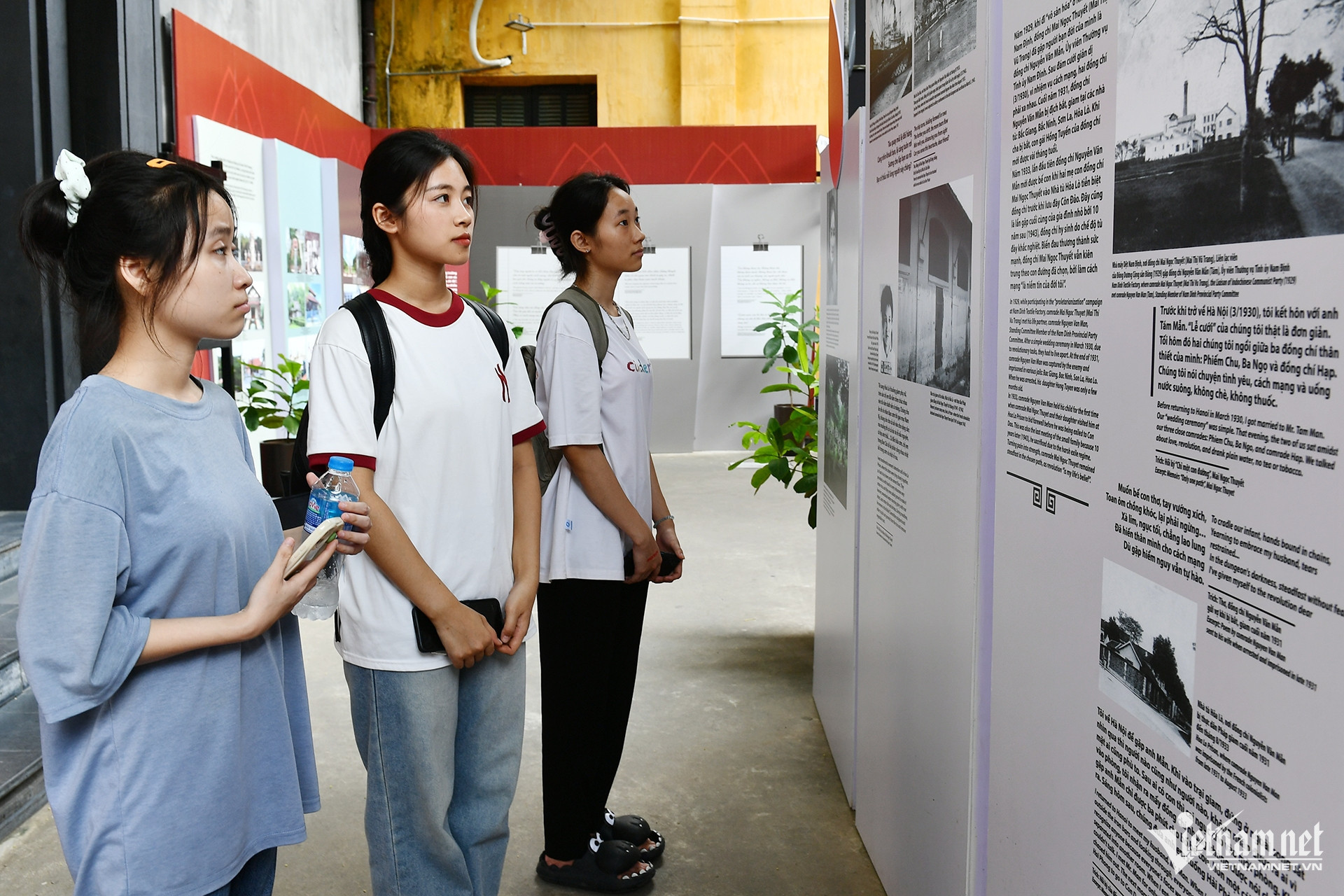 |
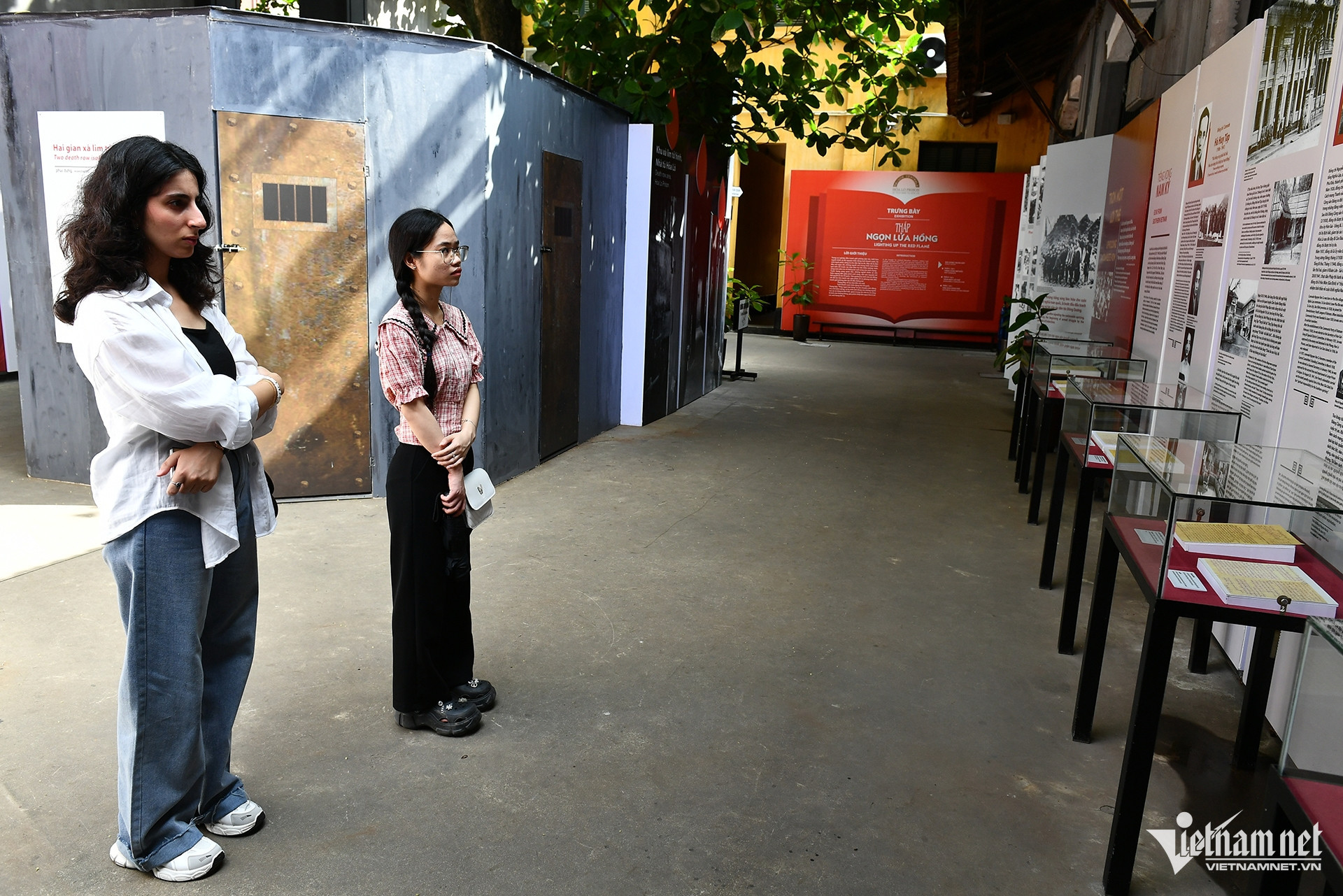 |
The exhibition content is divided into sections: "The Opening Gunshot," "A Solemn Oath," and "Echoes of the Past." The event has attracted a considerable number of visitors.
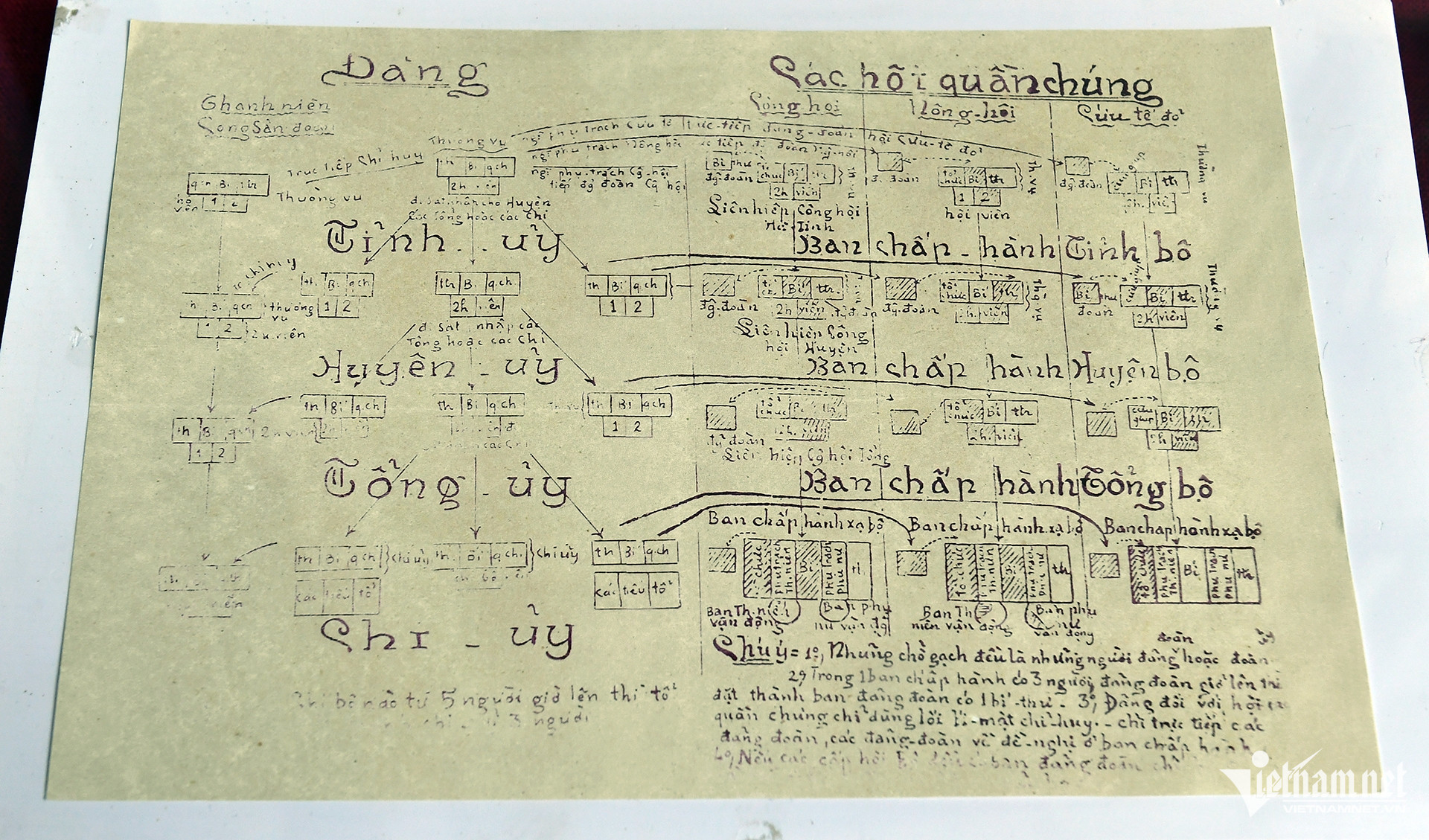
In the section "The Opening Gunshot," the public can view documents and images of revolutionary movements in Vietnam after the Communist Party of Vietnam was established on February 3, 1930. These include the Revolutionary Movement (1930-1931) culminating in the Soviet Nghe Tinh, the struggle for democratic freedom (1936-1939), the Bac Son Uprising (September 1940), the Nam Ky Uprising (November 1940), and the Do Luong Mutiny (January 1941). The photo shows a replica of the organizational chart of the Communist Party of Vietnam and mass organizations in 1930.
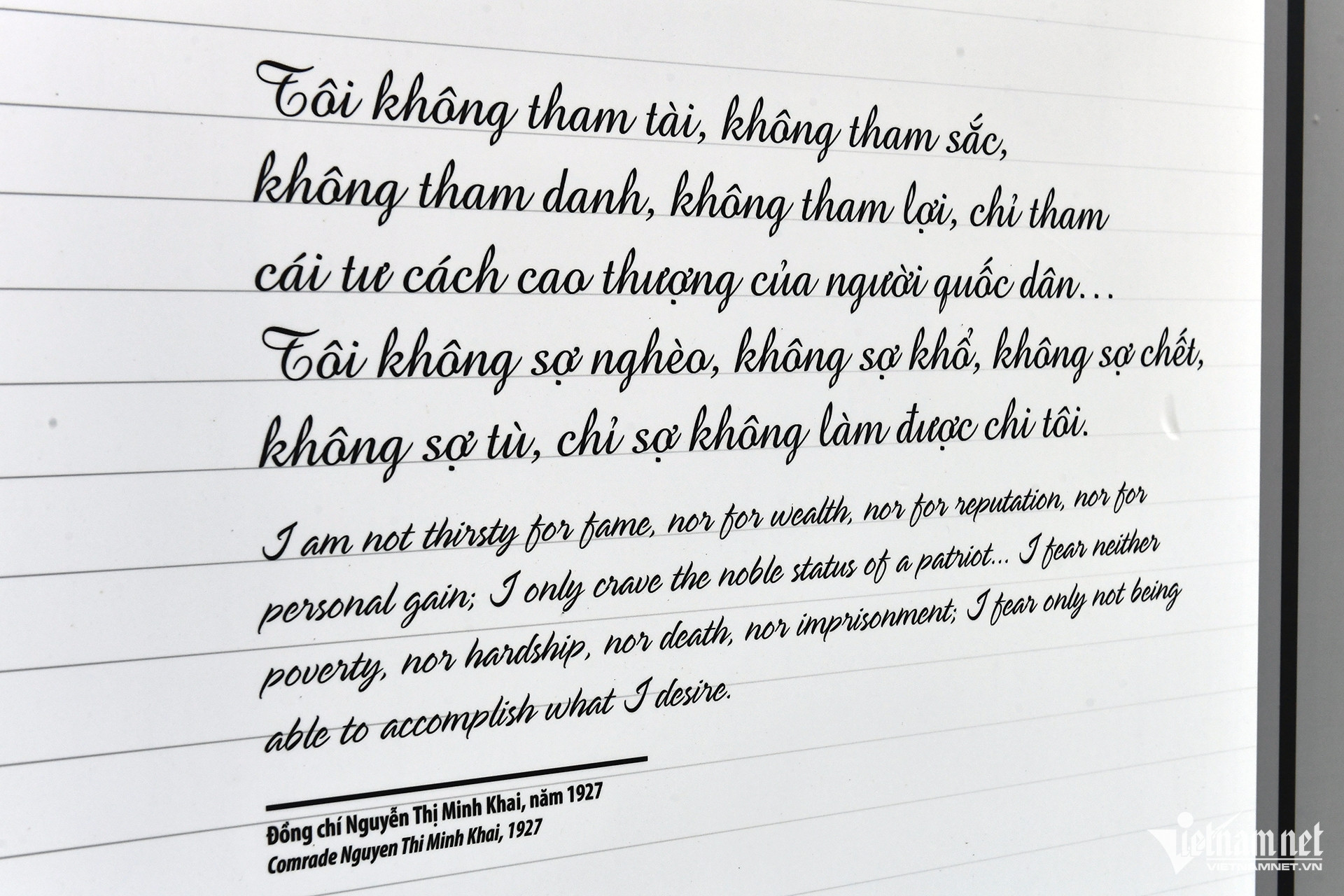
The "A Solemn Oath" section offers insights into the lives and careers of Party and State leaders such as Ha Huy Tap, Nguyen Van Cu, Vo Van Tan, Phan Dang Luu, Nguyen Huu Tien, and Nguyen Thi Minh Khai. Despite being tortured and exiled in prison, these exemplary individuals maintained their fervor and unwavering fighting spirit. Even at the execution grounds, they stood firm and unyielding.
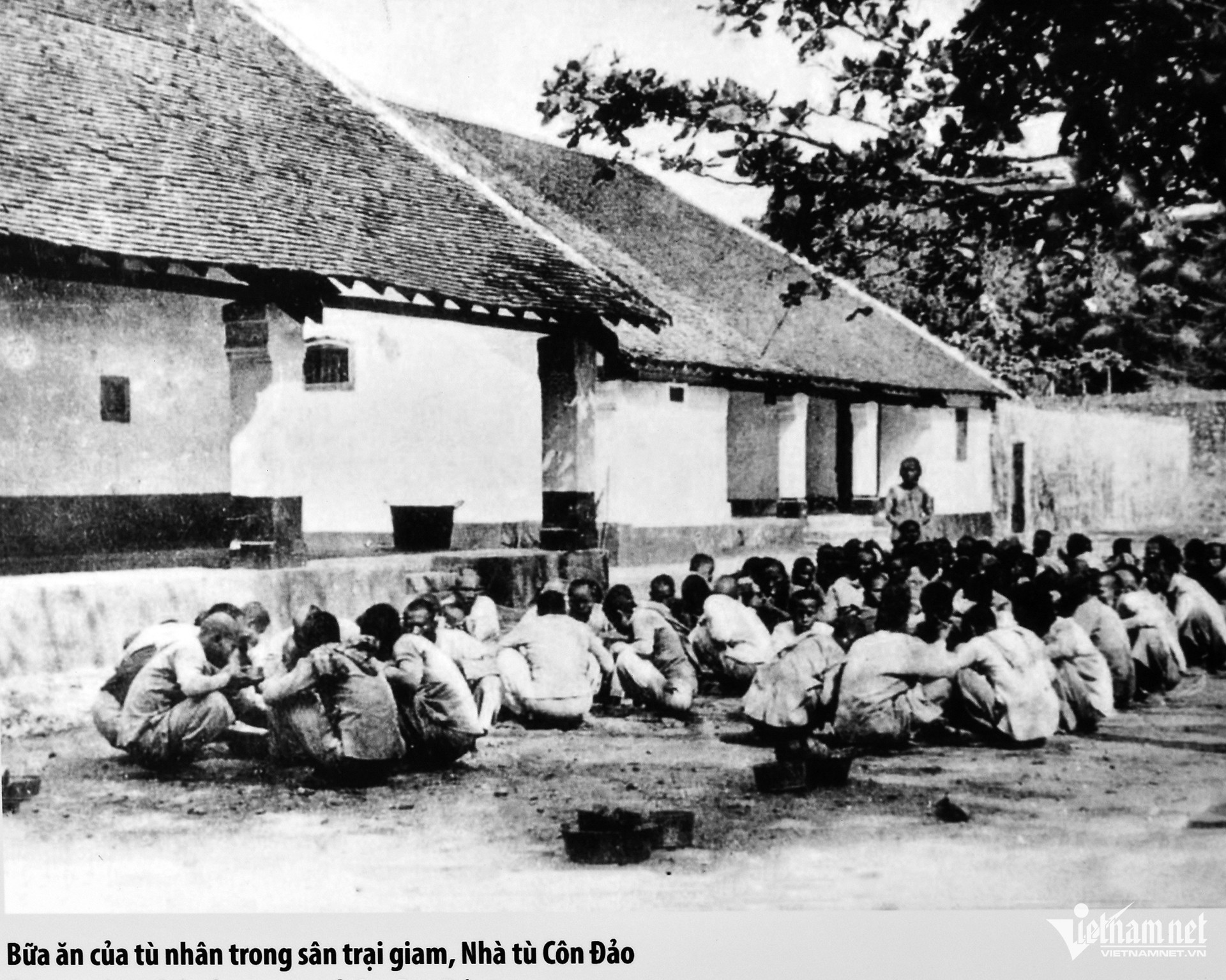
In the "Echoes of the Past" section, visitors can see images of historical sites where enemies once set up execution grounds and memorial houses to honor the Party's exemplary members. These sites have become "red addresses" contributing to educating the revolutionary tradition for many generations.
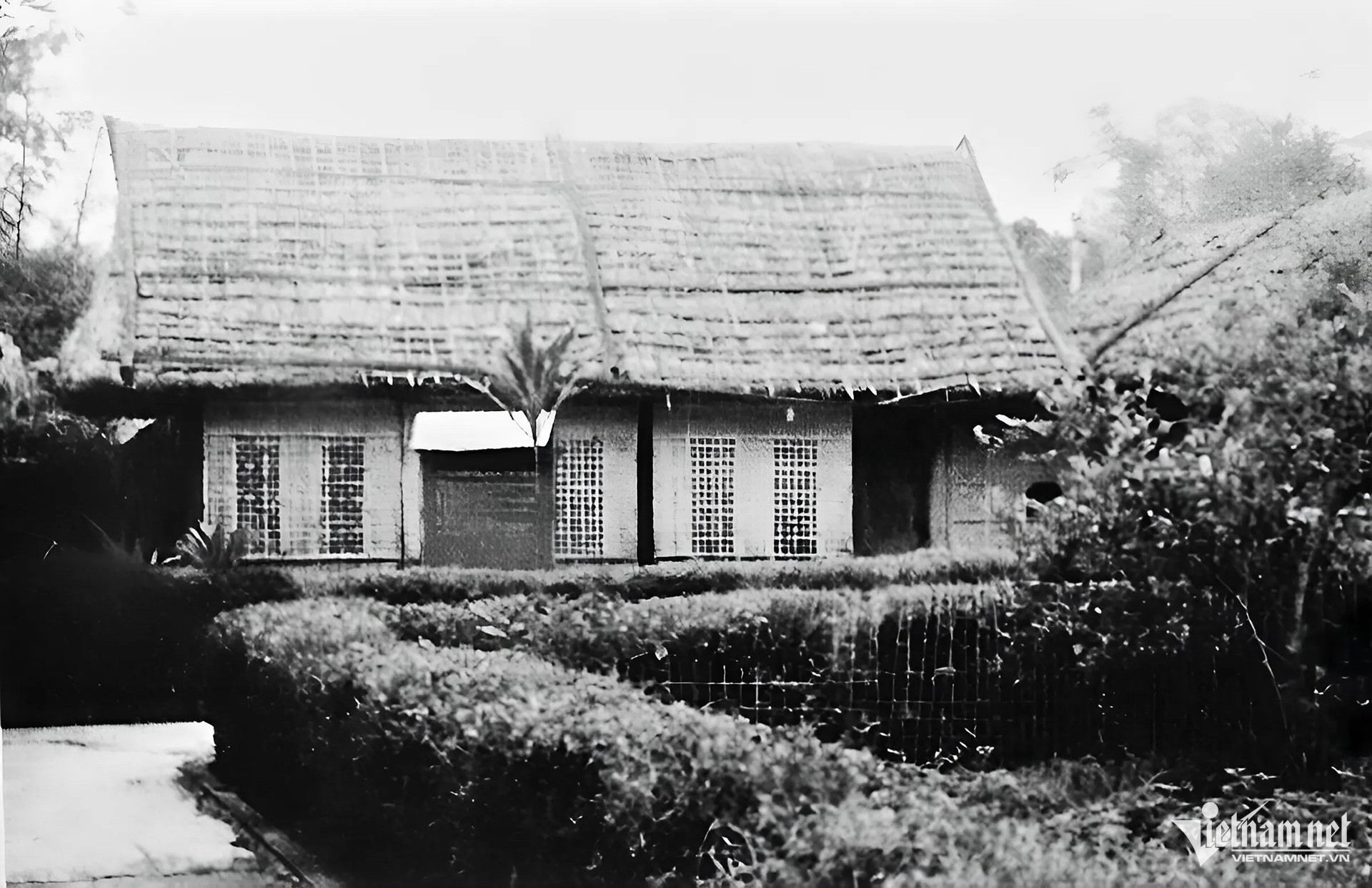
A photo of the house where revolutionary Le Hong Phong was placed under house arrest after his prison term in Dong Thon village, Thong Lang county, Hung Nguyen district, Nghe An province.
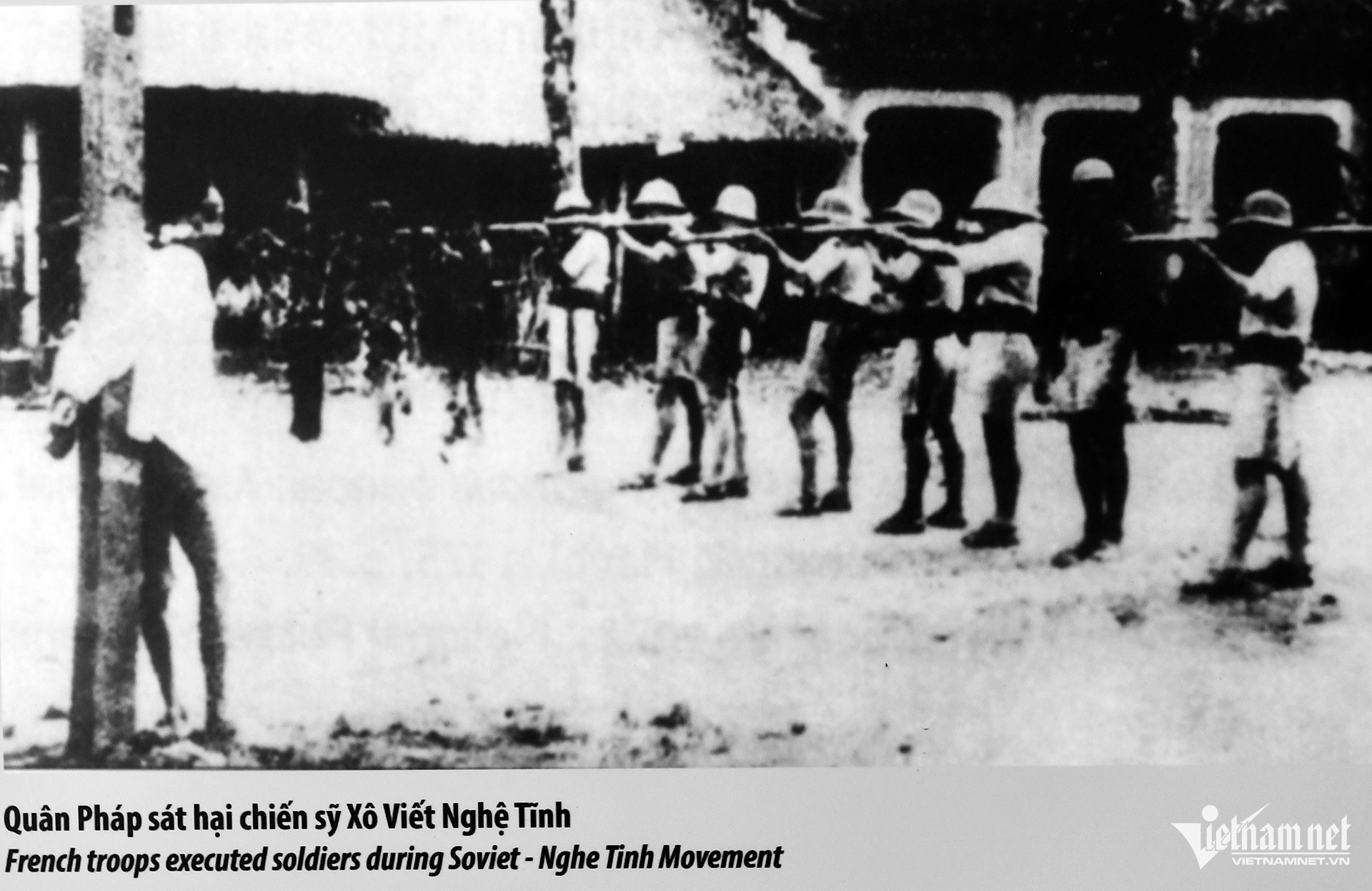
The revolutionary zeal and indomitable spirit of revolutionaries still resonate through their words and poems, remaining valuable to this day. The photo shows the event where the French army killed a Soviet Nghe Tinh fighter.
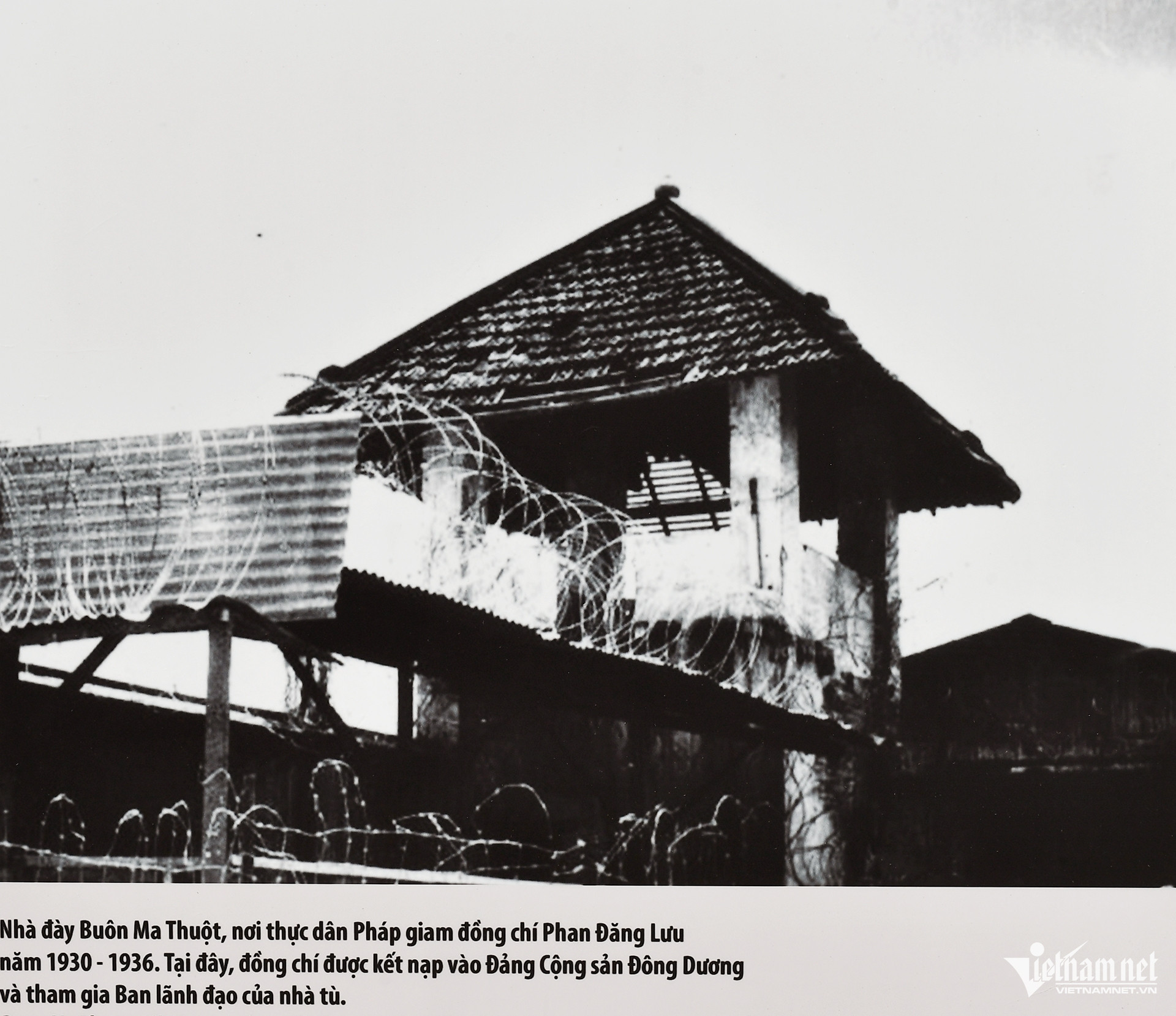
The Buon Ma Thuot exile house, where the French colonialists imprisoned revolutionary Phan Dang Luu from 1930 to 1936.
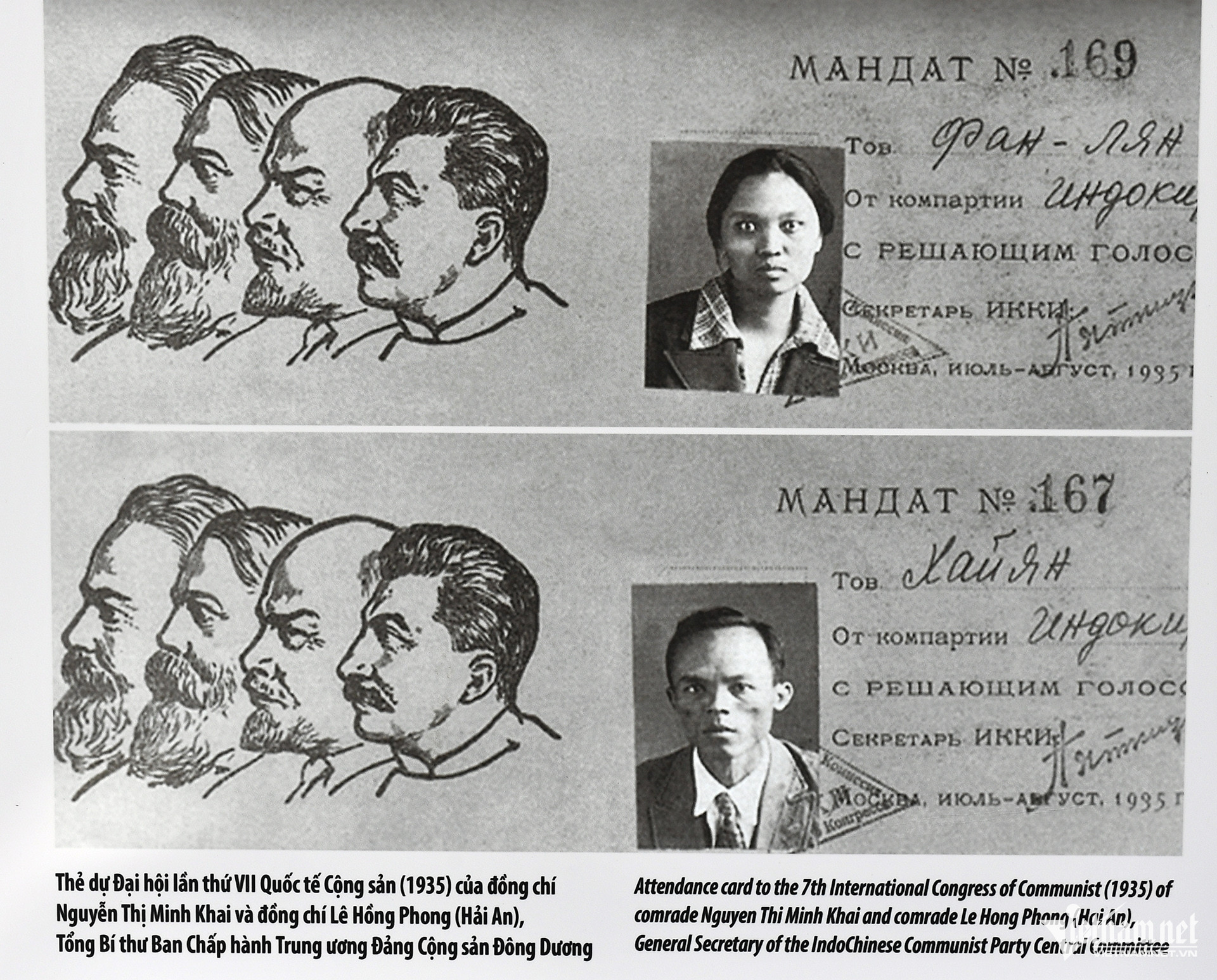
Revolutionaries Nguyen Thi Minh Khai's and Le Hong Phong's passes for the 7th Congress of the Communist International (1935).
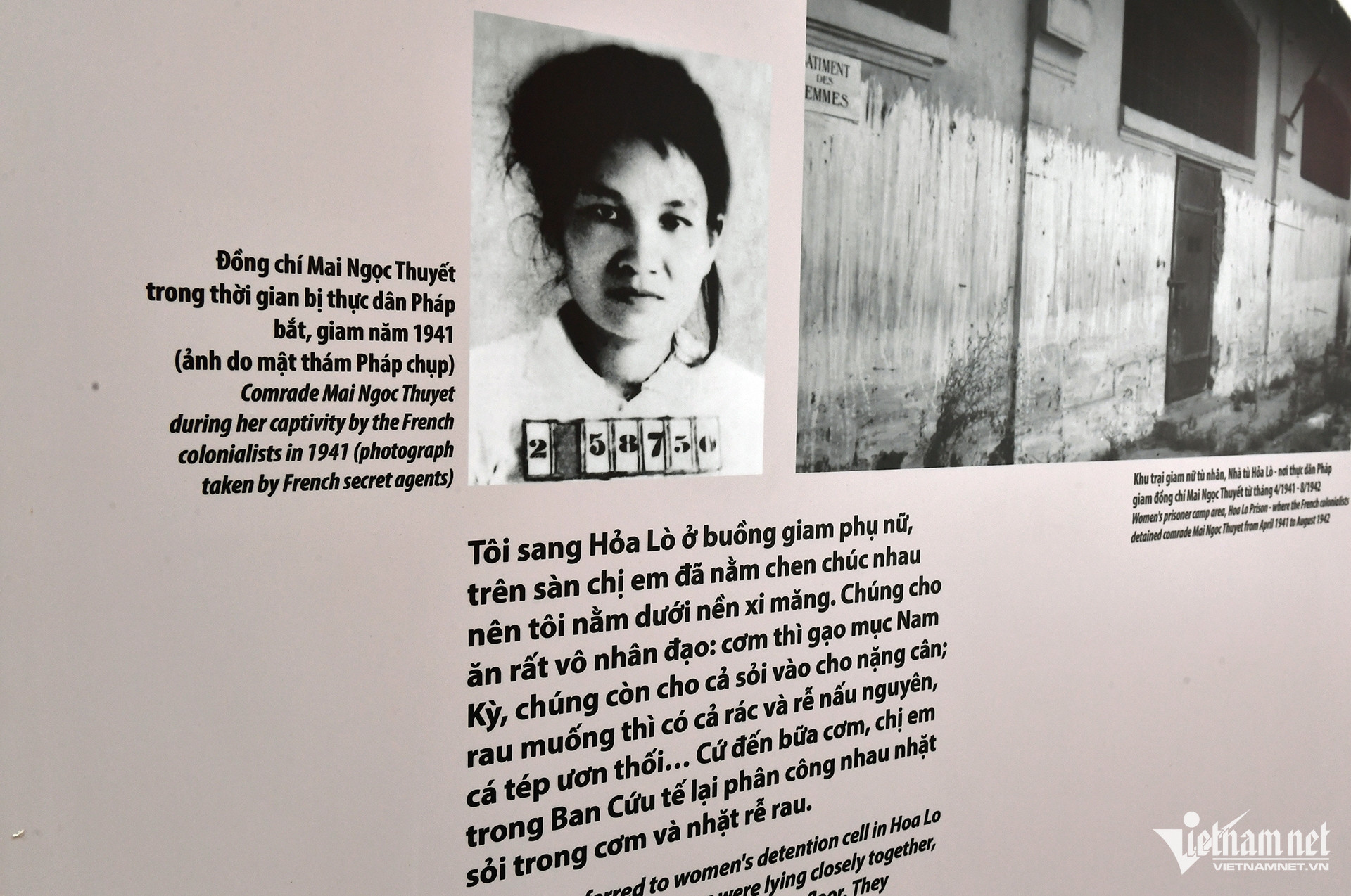
The image of Mai Ngoc Thuyet, who was imprisoned by the French in 1941. The text includes Mai Ngoc Thuyet's recount: "I moved to the women's cell at Hoa Lo. The women were already packed on the floor, so I laid on the cement floor. The food was inhumane: rotten Southern rice with added gravel for weight, vegetables mixed with trash and roots, and spoiled fish and shrimp. Every meal, members of the Relief Group took turns picking gravel out of the rice and sorting the vegetable roots."
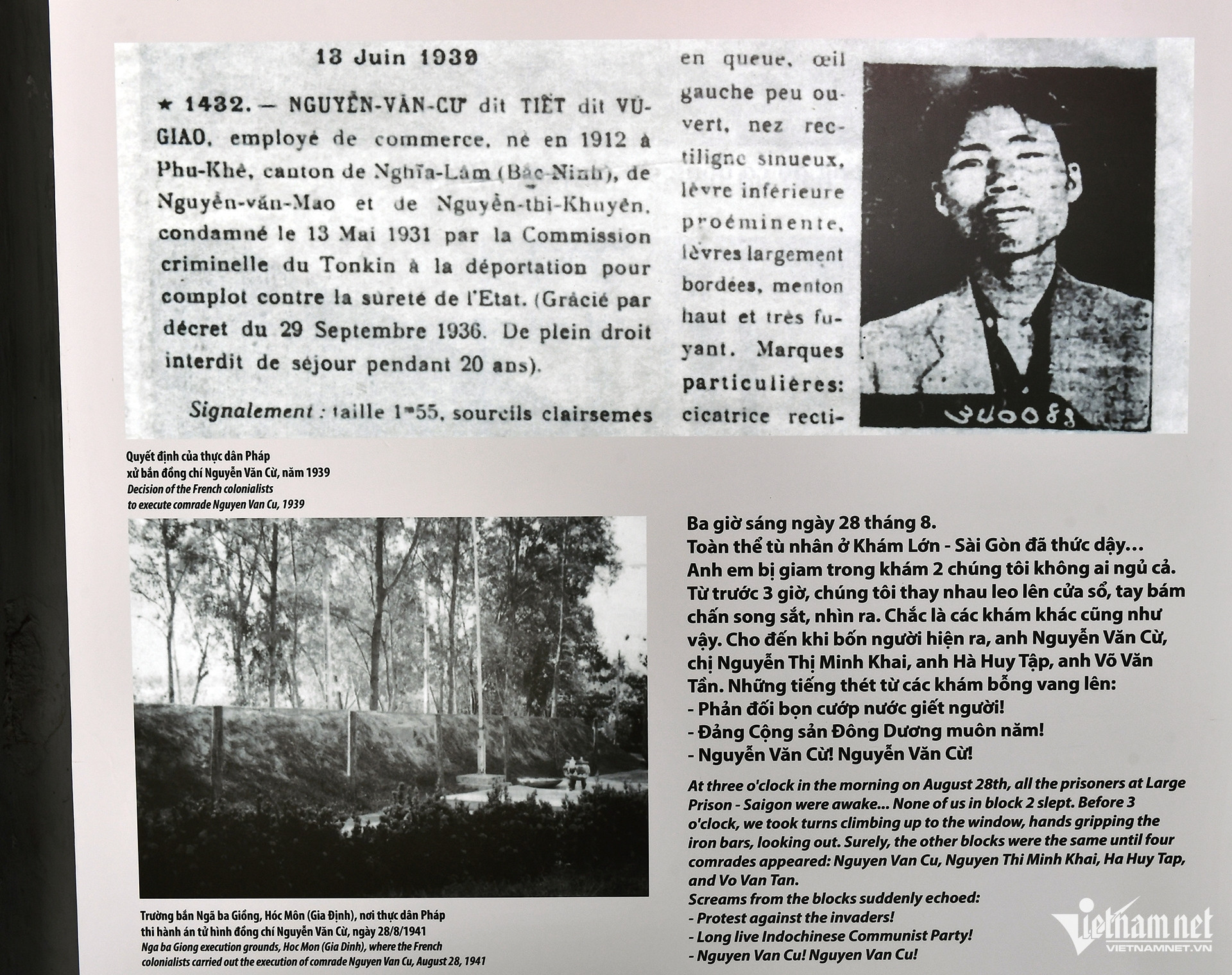
The resolute revolutionaries recorded: "At 3 AM on August 28, all prisoners at Kham Lon - Sai Gon were awake. Those of us in cell 2 did not sleep. From 3 AM, we took turns climbing up to the window, holding the iron bars, looking out. Surely, the other cells were the same. When four figures appeared - Nguyen Van Cu, Nguyen Thi Minh Khai, Ha Huy Tap, and Vo Van Tan - shouts erupted from the cells: 'Protest against the invaders! Long live the Indochinese Communist Party! Nguyen Van Cu! Nguyen Van Cu!'"
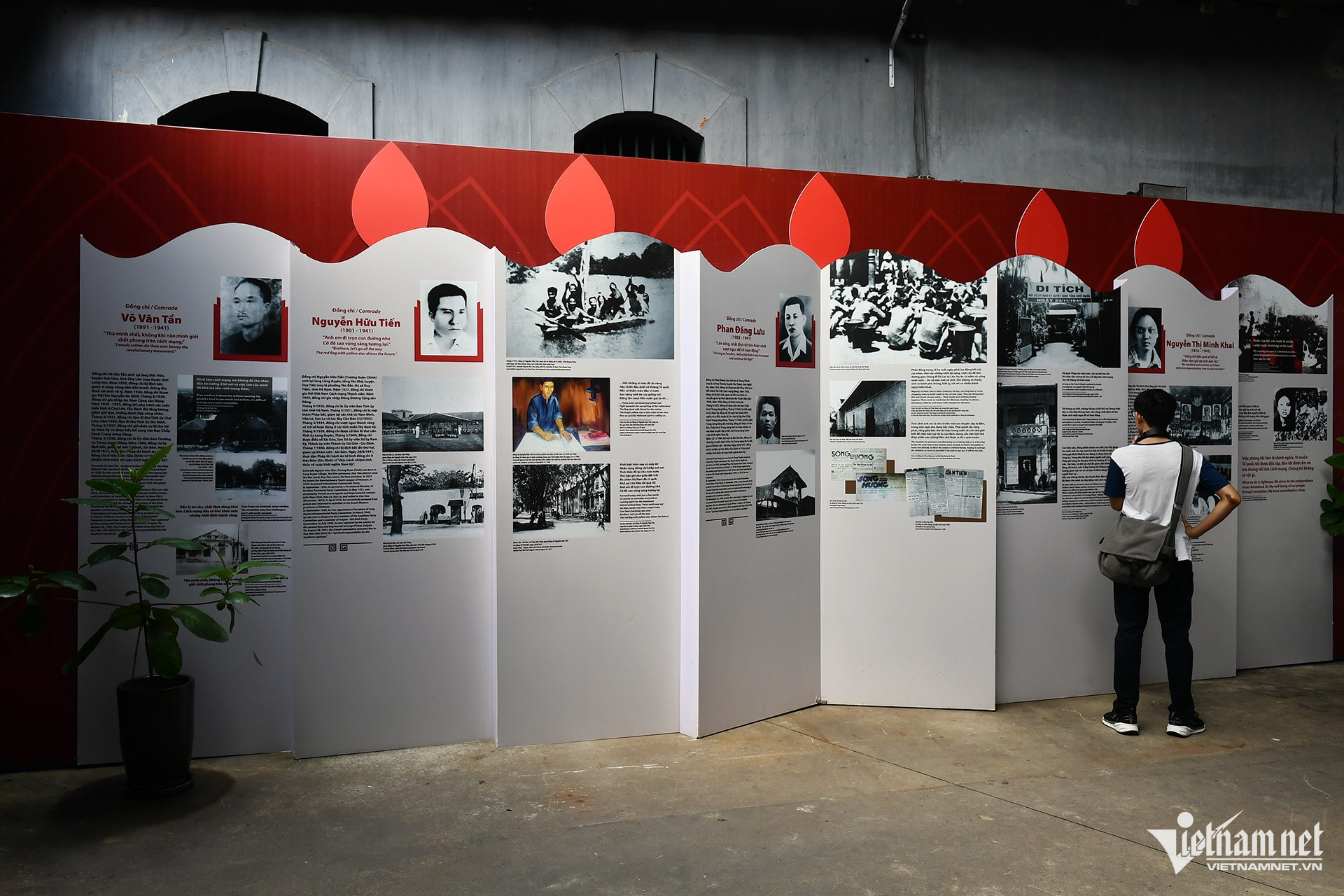
The exhibition "Lighting Up the Red Flame" will be open until August 15 at the Hoa Lo Prison Historical Relic in Hanoi.
Hoang Minh